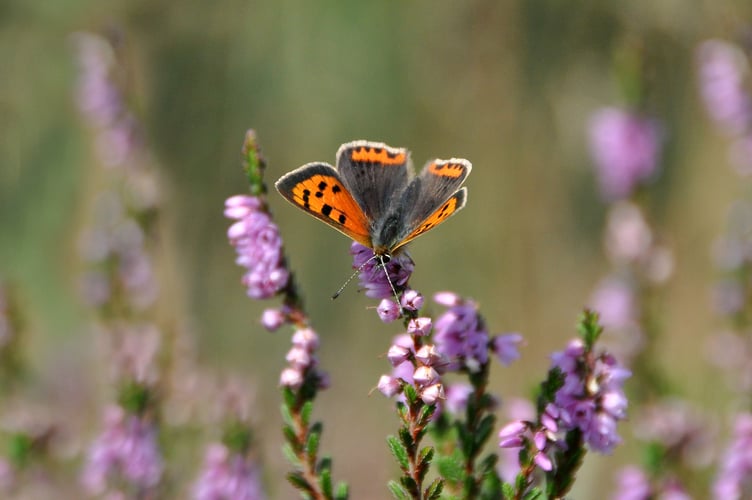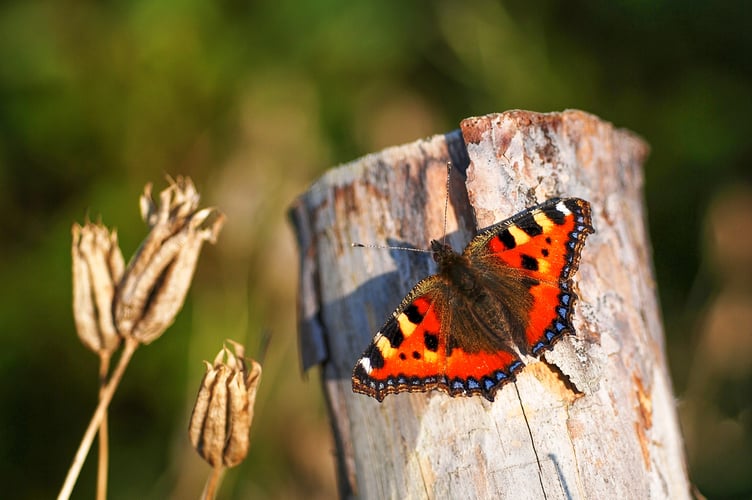Newly released data has shown that 2024 was one of the worst years on record for butterflies in the UK and, for the first time on record, more than half of butterfly species in the UK are now in long-term decline.
Nine species had their worst year since counting began, including the much-loved Small Tortoiseshell, Chalk Hill Blue and Small Copper.
Worryingly, last year was also the second-worst year on record for 'wider countryside species' – the common butterflies that live in gardens, parks and across the landscape such as Common Blue, Gatekeeper and Large White.
The figures come from the UK Butterfly Monitoring Scheme (UKBMS) which has asked volunteers to count butterflies across the country since 1976 and now monitors more than 3,000 sites. The scheme is led by national charity Butterfly Conservation, the UK Centre for Ecology & Hydrology (UKCEH), British Trust for Ornithology (BTO) and the Joint Nature Conservation Committee (JNCC).
Overall, 2024 was the fifth worst year since records began for UK butterflies. Butterfly numbers always fluctuate annually, and last year's low numbers are partly the result of a wet spring and relatively cool summer, however UKBMS data also show that 31 of the 59 resident UK species are now in long-term decline.

Dr Richard Fox, Head of Science at Butterfly Conservation, said: "I am devastated by the decline of our beloved British butterflies, and I’m sorry to say it has been brought about by human actions: we have destroyed wildlife habitats, polluted the environment, used pesticides on an industrial scale and we are changing the climate.
"That means that when we have poor weather, these already-depleted butterfly populations are highly vulnerable and can't bounce back like they once did - and with climate change, that unusual weather is becoming more and more usual."
In total, 51 of the UK's 59 species declined in 2024 compared to 2023, with just six species showing any increase.
Among the most concerning species is the Small Tortoiseshell: one of the most well-known butterflies in the UK, its bright colours and appearance in gardens have made it a recognisable favourite.
However, since the first UKBMS results in 1976, its abundance has plummeted by 86 per cent. Numbers in 2023 were the worst ever at that point, and last year were down again.

Of the eight other species that had their worst year on record, Green-veined White, Small Skipper, Large Skipper and Small Copper are also wider countryside species.
The Green-veined White, one of the UK's most widespread butterflies, is also now in significant long-term decline.
The Grizzled Skipper, Small Pearl-bordered Fritillary and Chalk Hill Blue, which also had their worst year on record, are already listed as threatened on the GB butterfly Red List.

These species all require specific habitat to thrive, and those habitats have been destroyed over the past century.
The UKBMS figures come after Butterfly Conservation declared a UK-wide Butterfly Emergency following the worst-ever results of its Big Butterfly Count last year.
Find out more about letting your grass grow long at butterfly-conservation.org.



